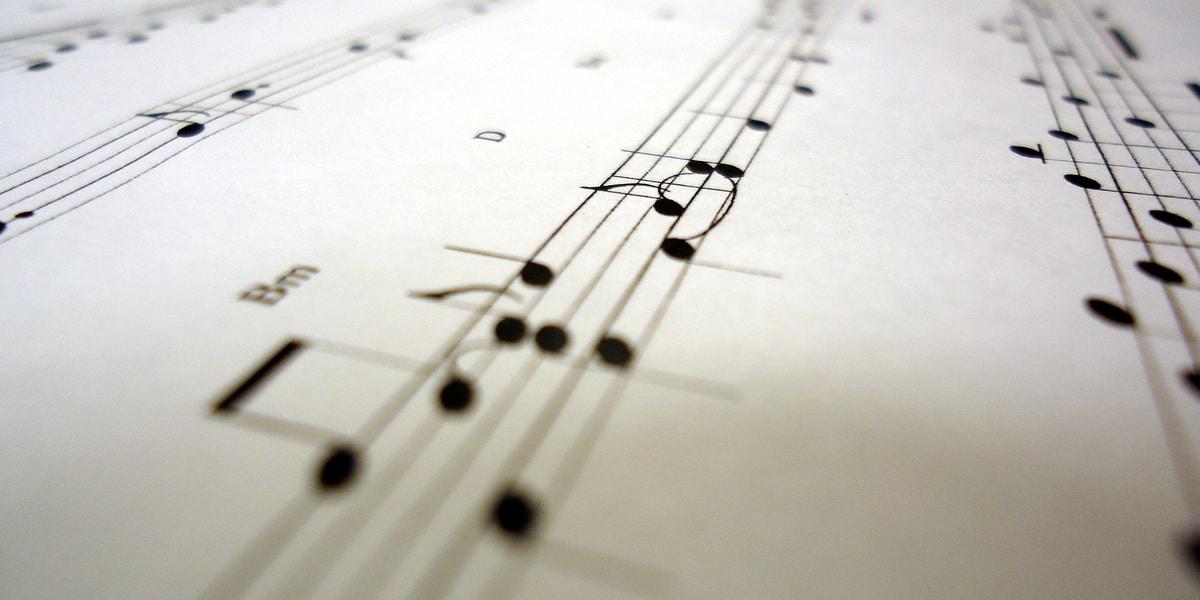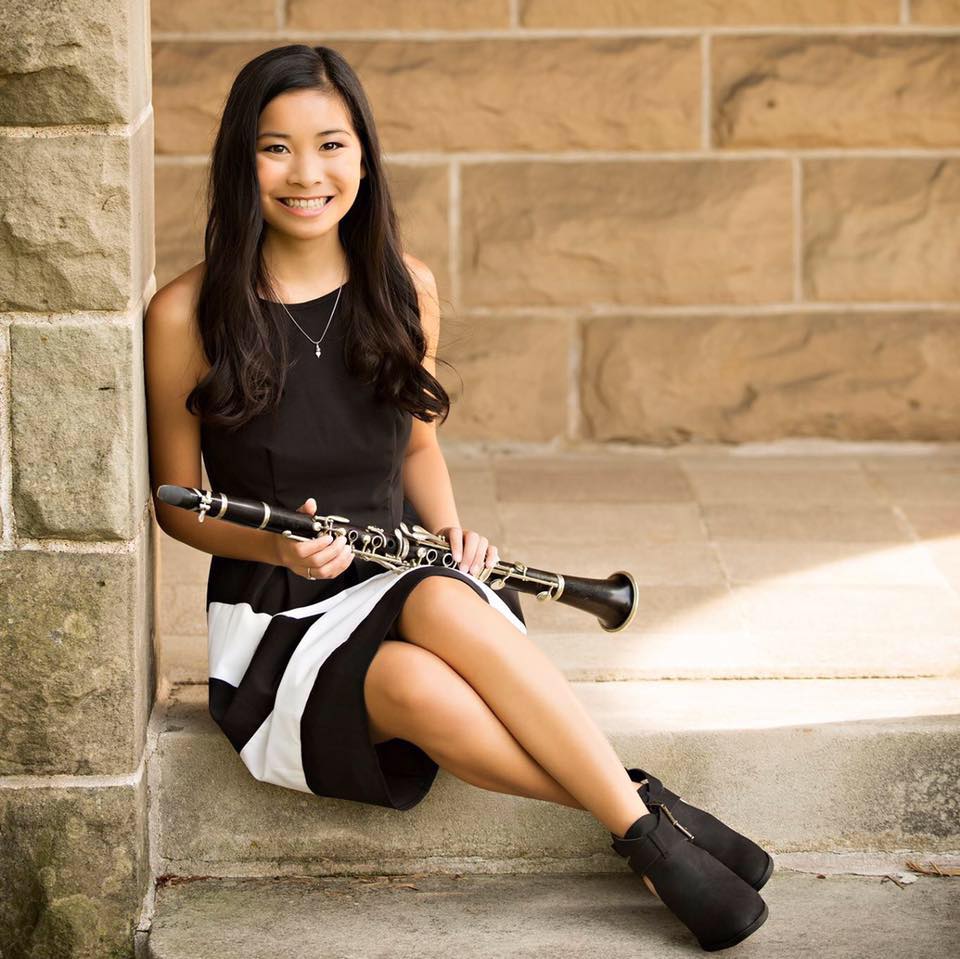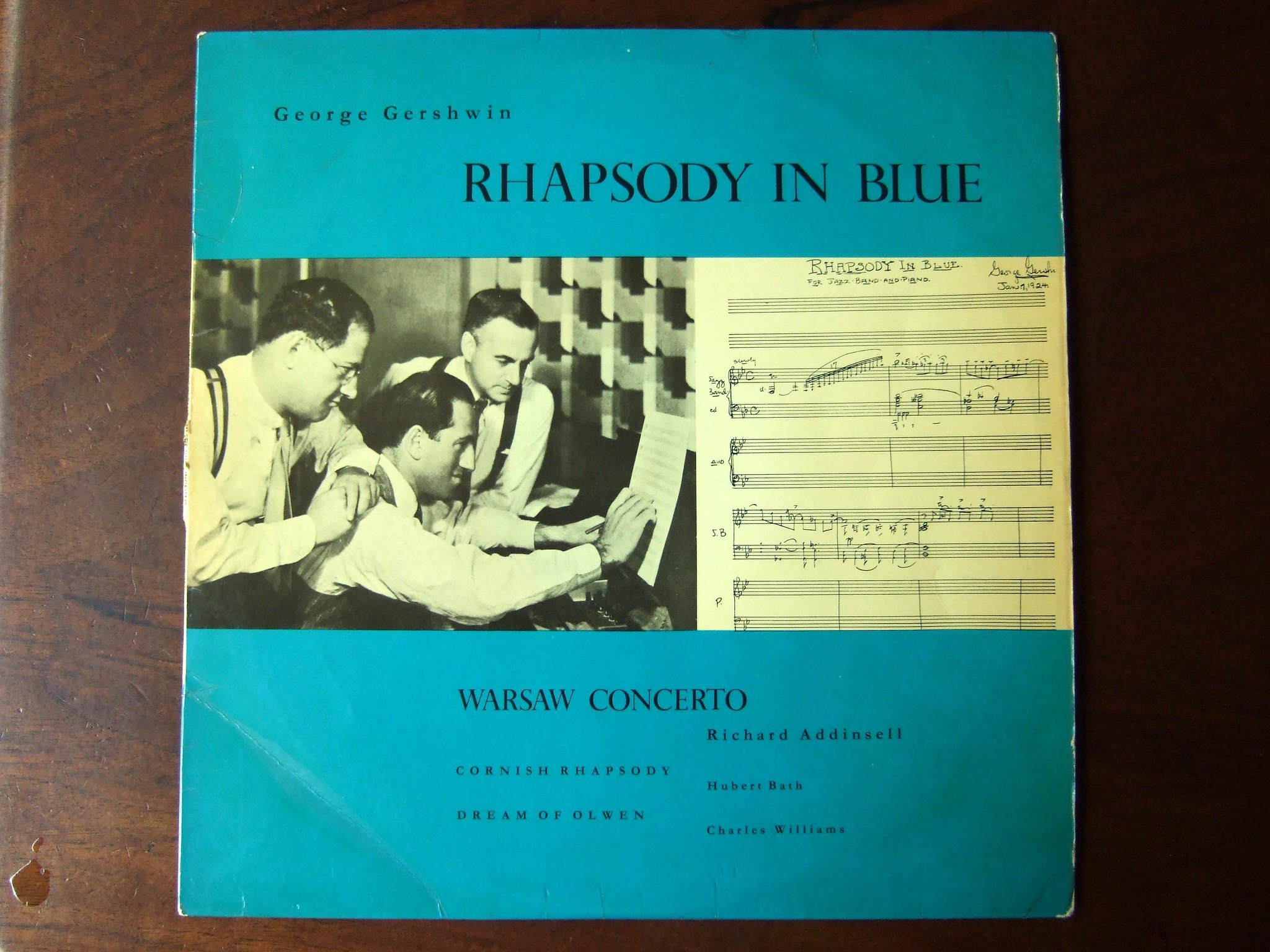Clarinet transposition is a concept that every clarinet needs to learn and understand. The clarinet is a Bb transposing instrument.
This means that if you play a Bb on the piano, you will need to play C on the clarinet to produce the same sound as the piano.
Clarinet transposition can be a tricky concept to understand, but hopefully this article will help transposition seem not so scary!
Non-Transposing vs. Transposing instruments
A concert key instrument means that their notes are the same on the piano. Concert key instruments include the piano, flute, oboe, bassoon, trombone, bass trombone, tuba, and keyboard percussion instruments. When these instruments play a C, it will sound the same as the C on the piano.
An instrument in a transposing key means that their notes don't sound the same as the same notes on the piano.
Bb instruments include the clarinet, bass clarinet, tenor saxophone, soprano saxophone, trumpet, cornet, flugelhorn, and euphonium. When the piano plays a Bb, these instruments must play a major second higher than the piano pitch which is a C to produce the same pitch.
The French horn is in the key of F. When the piano plays a Bb, the french horn must play perfect fourth lower which is an F to produce the same pitch.
The alto clarinet and the alto saxophone are in the key of Eb. When the piano plays a Bb, these instruments must play a minor third lower to produce the same pitch.
The video above provides a seven minute summary of all of the transposing instruments, the reason why instruments are in different keys, and a handy formula to help you transpose from different instruments.
So, why is a C on the piano different from a C on the trumpet or the alto saxophone? The reason is "transpositions". There are concert pitch instruments, also known as non-transposing instruments and transposing instruments.
If you ask a non-transposing instrument to play a C, they will sound a C. On the other hand, if you ask a transposing instrument to play a C, a different note will sound instead of a C. For example, if a clarinet was asked to play a C that sounded the same as the C on the piano, they would have to play a D.
Why do we need transpositions? Let's think about this example. There are multiple kinds of saxophones in the saxophone family: soprano saxophone, alto saxophone, tenor saxophone, and baritone saxophone. The fingerings are all the same, even though the fingerings will produce different sounds on each instrument. Transposing instruments make it easier to switch between instruments in the same key since the musician won't have to learn new fingerings.
Having transposing instruments also makes reading music in concert key much easier. Many orchestras require the clarinetists to play an A clarinet. If a Bb clarinet were to play certain music written for orchestra, the clarinetist would have to read a tremendous amount of accidentals.
To make the music less stressful to read, orchestral clarinetists play on an A clarinet. This will lessen the amount of accidentals in the music, as well as put the music in an easier key to read.
Why is it important to know the transpositions for each instrument? During rehearsal, your band director will say, "Let's play a concert C major scale". It is the musician's job to know which transposition their instrument is in. For C instruments, they will play a C major scale. Bb instruments will play a D major scale. Eb instruments will play an A major scale. F instruments will play a G major scale.
This video provides a useful formula to find transpositions. Think of the formula as a math problem: X + Y = XY. Our X is the transposition you want, Y is the transposition you have, and XY is the interval you need to apply to your music to get the key you want. Let's do an example:
If you play a Bb instrument and you want to play in concert pitch, you would fill in the formula like this: The transposition you want = Bb, the transposition you have = C, and the interval from Bb to C is a major second.
To play concert pitch music on your Bb instrument, transpose the music up a major second. Furthermore, if a clarinetist is asked to play a C major scale on their instrument, they will need to play a D major scale in order for it to sound like a C major scale on the piano.
This formula also works if you are currently playing on transposed music and want to know the music in concert pitch. For example, if you are playing music that is already transposed for the french horn and want to transpose it back to concert pitch, you can do the following: The transposition you want is C major, the transposition you have is F major. The interval between C and F is a perfect fourth. So, you'll transpose your music that is in F major up a perfect fourth to concert pitch.
Lastly, this formula works for musicians wanting to transpose from one transposing instrument to another. For example, let's say a Bb clarinetist wants to transpose their music to A clarinet music. The transposition you want is A and the transposition you have is Bb. A is a minor second below Bb, so you'll transpose the music for Bb clarinet down a minor second to A.
Why is Transposition Important for Clarinetists?
In many high school or college programs, you will see clarinetists doubling on other members of the clarinet family. If a clarinetist doesn't understand the different transpositions of each clarinet, it will be difficult for them to play those instruments. Having the opportunity to play other clarinets in the clarinet family is a fantastic opportunity, so it is important to have a strong understanding of their transpositions.
Clarinetists often double on the alto or tenor saxophone, flute, or even trumpet to play in a jazz ensemble. Clarinets are featured only minimally in jazz ensembles today, so clarinetists learn how to play the main jazz instruments. Whichever instrument they choose to play, they must learn the transpositions. Improvisation is a huge part of jazz music. As a clarinetist doubling on another instrument, it is important to know which key the chart is in, which key your instrument is in, and which scales you will need to play while improvising.
As a music education major, understanding transpositions saved my life in my music theory and aural skills classes. I first learned transpositions in my A.P. music theory class in high school and it took me a while to understand the process. However, having an understanding of transpositions before heading into my music theory and aural skills classes in college gave me a huge head start.
As a band or orchestra director, you will be looking at a score that has all of the parts transposed. However, you will need to be able to transpose between non-transposing instruments and transposing instruments or between two transposing instruments.
Closing Thoughts
Clarinet transposition is an important concept to understand as a clarinetist. It will benefit you when you learn how to play other members of the clarinet family or other transposing or non-transposing instruments. It will also benefit you if you are looking to be a future music educator.




